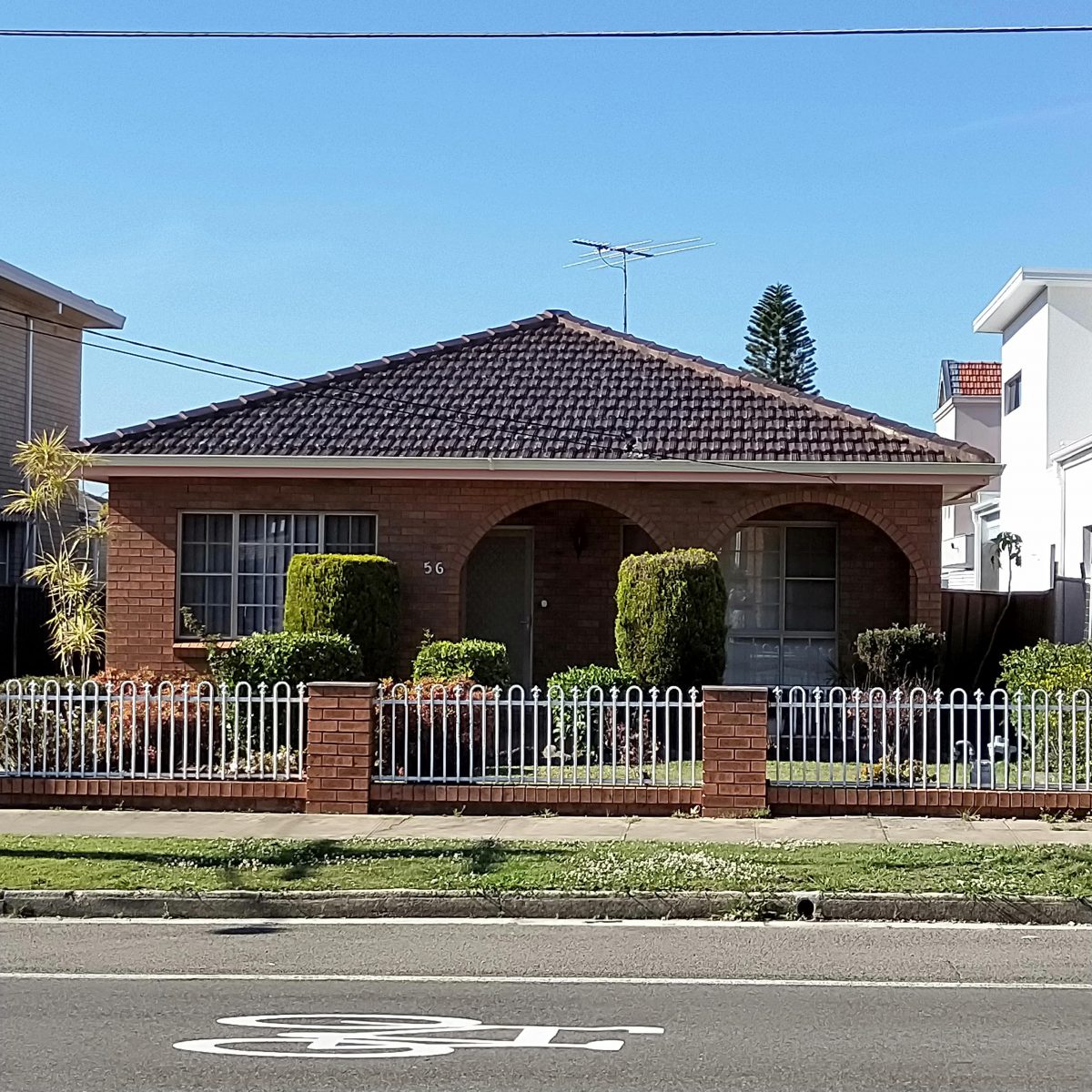
Unique, rebellious house design was as good a reason to love the 1970s as any fondue dinner party, David Cassidy album, Farrah Fawcett hair-do, or pair of flared jeans.
Architects broke away from convention in the 70s, designing homes that did not conform to a style beyond being eclectic and original.
While these homes eschewed the consistent style of Georgian or Federation properties, they still embraced certain similarities.
Open-plan living was a foundation of 70s design, together with larger kitchens and breakfast bars. En suites off the master bedroom were a hot, fashionable feature.
In Australia, 70s homes represented a commitment to much larger living areas, which is why they remain so popular today, especially for family buyers and finding a 70s home in good condition can still make a great investment if you can see past the brown brick.
Here are six reasons why we still love 70s houses:
Original architecture
Designers and architects were given free rein in the 70s and they produced many unique and stunning properties. In many ways, they were rebelling against the conformity of previous eras, such as the Georgian and Edwardian periods. Each property was designed to maximise the land on which it was built and utilise emerging home technologies, such as colour TVs and larger fridges and freezers.
Open-Plan Living
The 70s heralded the emergence of mainstream open-plan living. The affordable building costs of the time allowed more floor space than ever before. Living areas often featured stepped levels with double-height or vaulted ceilings that sometimes featured skylights. These combined to create a fabulous natural living area full of space and light. Today, this element of design remains a substantial facet for those seeking modern living. Seventies homes offer a great alternative for large families looking for affordable homes.
Fireplaces
A major statement in the open-plan design is the fireplace. Often these featured ground-breaking veneers, such as polished pebbles and made a real statement. The most expensive fire places offered 360-degree access in a living room, while others were closed-in on three sides and could act as part of the supporting structure.
Kitchen kitsch
Homes in the 70s made the kitchen a social focus of the house. Designers embraced the kitchen as perhaps the foundation of the open-plan living concept. They installed breakfast bars and opened the kitchen to outdoor and living areas. Along with these innovations, designers made kitchens larger, to accommodate larger fridges, freezers and other technologies that came on to the market.
The en suite
Every 70s home had to have an en suite. At the time, the small bathroom off the master bedroom was regarded as one a great luxury and fashion statement of home design.
Larger gardens
Like the buildings themselves, the 70s created an environment where homes could be built on larger blocks. Today, these gardens are generous and very attractive to many buyers. For unrenovated properties, opportunity exists to enhance outdoor areas and even install a swimming pool or spa.
